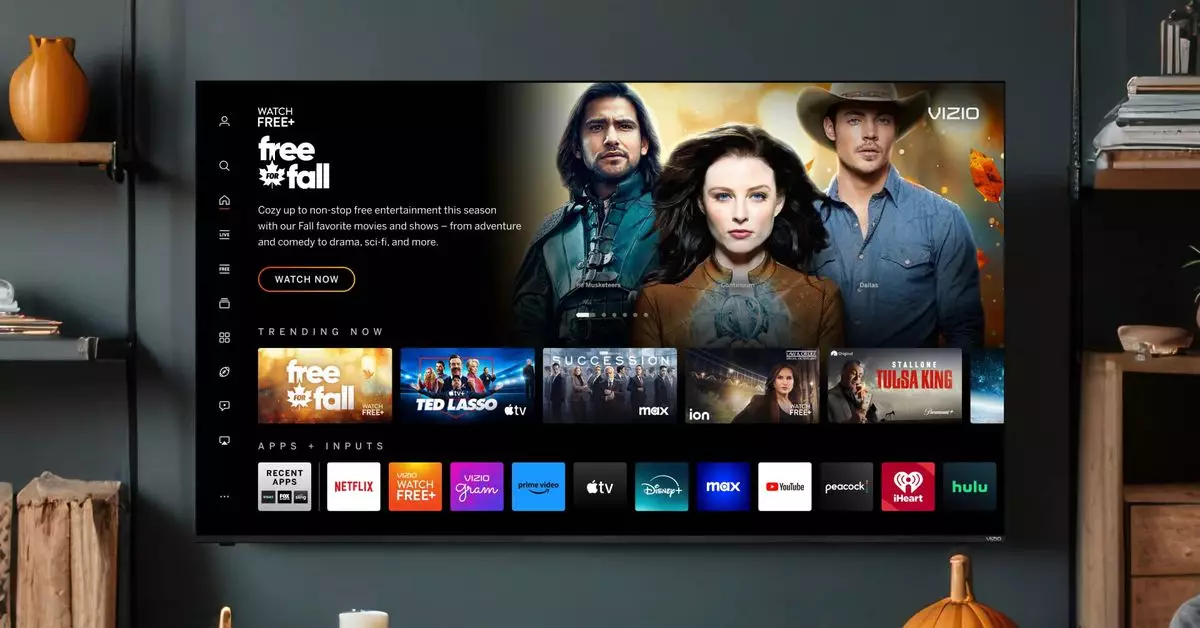In an unexpected maneuver that reflects the intensifying competition in the streaming and advertising sectors, Walmart has officially acquired Vizio for a staggering $2.3 billion. This transaction, sealed recently, is anticipated to significantly enhance Walmart’s advertising capabilities, as it seeks to establish a stronger foothold in an increasingly digital marketplace. Walmart’s strategic goal is clear: leveraging Vizio’s advertising and data division, known as Platform Plus, which has been pivotal in driving Vizio’s gross profits.
With the acquisition, Walmart is poised to tap into Vizio’s treasure trove of viewer data, which is essential for targeted advertising. The retail giant has already started integrating shopper insights to enhance ad placements on platforms such as Disney Plus and Hulu. This acquisition could enhance Walmart’s ability to curate more effective advertising tailored to specific audiences. Notably, there are plans to increase ad sales driven by Vizio’s infrastructure, which may include introducing advertisements directly on televisions in consumer households. This bold strategy mirrors trends being adopted rapidly by tech giants seeking to create revenue from household technologies.
Yet, this merger does not come without its controversies. Privacy advocates have raised alarms about potential violations surrounding data tracking, particularly considering Vizio’s rocky past with the Federal Trade Commission. The company previously faced a $2.2 million fine due to allegations of tracking viewer habits without obtaining consent. With Walmart now at the helm, there are growing fears that consumer privacy might be further compromised in a bid to maximize advertising revenue. The implications for user data handling practices could be profound, raising questions not just about compliance, but about the ethical considerations inherent in advertising.
In an era where streaming services are becoming increasingly essential, Walmart’s acquisition positions Vizio to better contend with other budget-friendly options that also monetize through advertising. Brands like Roku have demonstrated the lucrative potential of this model, raking in impressive revenues through user engagement and ad placements. Vizio’s earnings report underscored how much it still has to grow; it reported an average revenue of $37.17 per user, while Roku achieved an astonishing $41.10. Thus, Walmart’s efforts could invigorate Vizio’s prospects in a competitive landscape where every user engagement translates into a vital revenue stream.
For now, the two companies will continue to operate independently, with Vizio’s leadership remaining intact under CEO William Wang’s guidance. This approach implies that while Walmart may have influence, it acknowledges Vizio’s successful business model. As Walmart forges ahead with its advertising ambitions, the question remains: can it create a balance between fostering innovation and maintaining consumer trust? The stakes are high, and the answers will significantly shape the future of both companies in the ever-evolving advertising landscape.


Leave a Reply